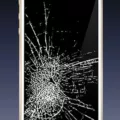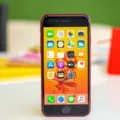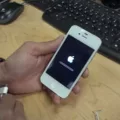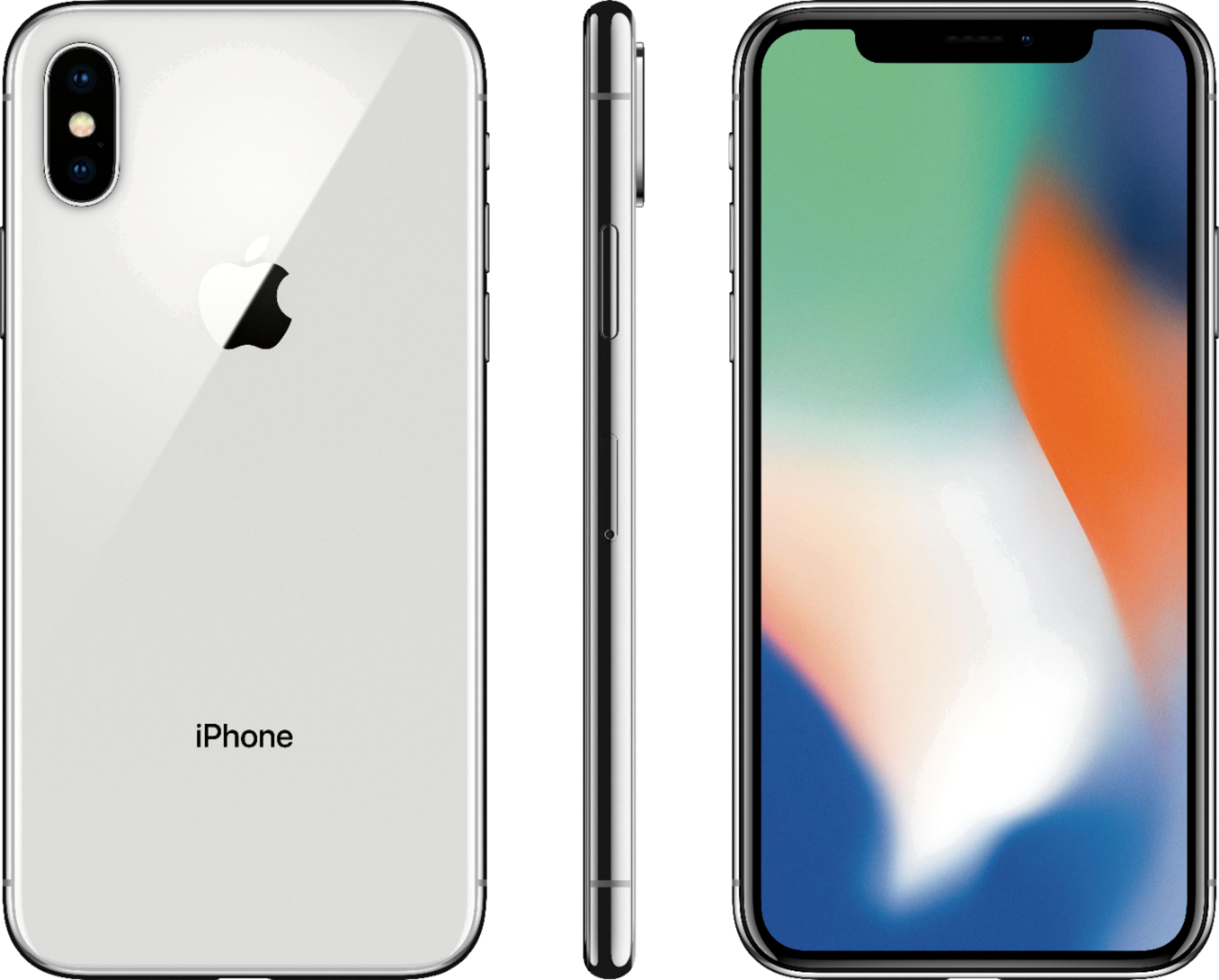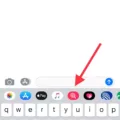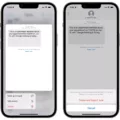Restoring your iPhone to its factory settings can sometimes be a daunting task, especially if you’re using a Macbook. But don’t worry – it’s actually much simpler than you think! In this blog post, we’ll walk you through the steps of resetting your iPhone to its factory settings on a Macbook.
First, make sure your iPhone is connected to your Macbook via USB or USB-C cable. You may also need an adapter depending on the model of your iPhone and Macbook. Once your device is connected, open iTunes and make sure that the latest version of iOS is installed.
Next, find the option to Restore or Update in iTunes and select Restore. This will download all the necessary software for your iPhone and begin the restore process. It’s important to note that all data and settings will be erased from your device during this process.
Once the restore process is complete, you’ll have a fresh start with all factory settings restored to their original state. If you ever need help with restoring or updating your device again in the future, you can always refer back to this blog post for detailed instructions!
Resetting an iPhone from a Macbook
Yes, you can reset your iPhone from your Macbook. First, make sure that your Macbook is running macOS Mojave or an earlier version. Then, open iTunes and connect your iPhone to the Macbook using a USB cable. Once the connection is established, you may be prompted to enter your device passcode or to Trust This Computer – if so, follow the onscreen steps. Finally, select “Restore” from the Summary tab in iTunes and follow any additional onscreen instructions to complete the iPhone reset process.
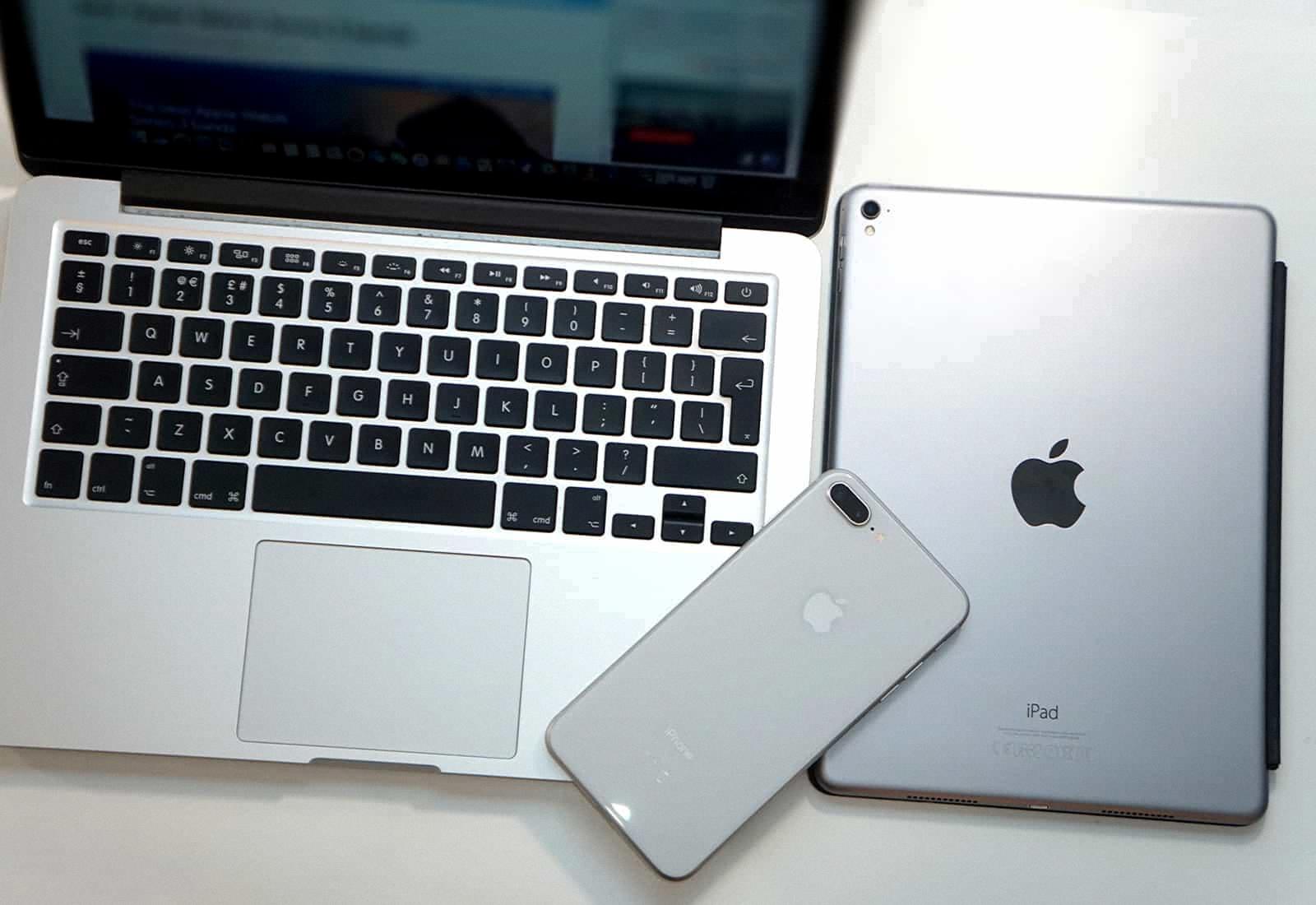
Source: cultofmac.com
Resetting a Locked iPhone on a Macbook
Resetting a locked iPhone on a Macbook is relatively straightforward. First, you’ll need to locate the iPhone in the Finder or in iTunes on the computer that it is connected to. If you are not sure how to find your connected iPhone, you can search online for instructions specific to your model of Macbook.
Once you have located the iPhone in the Finder or in iTunes, choose “Restore” when you see the option to Restore or Update. Your Macbook will then begin downloading software for your iPhone and launch the restore process. During this time, it may ask for your Apple ID and password; enter those details if requested.
Once the restore process is complete and your iPhone restarts, it should be unlocked. You can then set it up as new or restore it from a previous backup if one was available.
Factory Resetting an iPhone From a Computer
Yes, you can factory reset your iPhone from your computer. To do so, connect your iPhone to your computer using a USB or USB-C cable and an adapter if necessary. Once connected, open iTunes on the computer, select your device in the menu, and click “Restore iPhone”. This will erase all data and settings from your iPhone and install the latest version of iOS. Please note that this process will also delete any content stored on your device such as photos, messages, documents, etc., so make sure to back up any important information before proceeding.
Forcing an iPhone to Factory Reset
To force your iPhone to factory reset, you need to press and hold the Side button (also known as the Sleep/Wake or Power button) and either of the Volume buttons at the same time. Keep holding until the “Slide to Power Off” slider appears on the screen. Release all buttons, then slide the slider to turn off your device. Once it has powered down, press and hold the Side button again until you see the Apple logo appear on the display. Your iPhone will then reset itself back to its factory settings.
Factory Resetting an iPhone Without a Passcode
If you have forgotten your iPhone passcode, don’t worry—you can still reset your device without it. To do this, you’ll need to access the Find My iPhone feature on iCloud. Here’s a step-by-step guide to help you out:
1. Log into iCloud using your Apple ID and password.
2. Select your device from the list of devices associated with your Apple ID.
3. Click “Erase iPhone” and then confirm your decision.
4. Your device will begin to reset and will eventually restart in its factory settings.
Once the reset is complete, you’ll be able to set up and use your iPhone as normal without needing to enter a passcode.
Hard Resetting a Locked iPhone
To hard reset a locked iPhone, you will need to erase the device. This can be done from your computer by going to iCloud.com and signing in with the Apple ID and password associated with your iPhone. Once logged in, select “Find iPhone” from the options and choose “All Devices” to select your locked iPhone. Finally, select “Erase iPhone” to factory reset the device without using iTunes. Keep in mind that this will remove all content and settings from the device and put it back into its original state.
Factory Resetting an iPhone Without Password or iTunes
If you’re looking to factory reset your iPhone without a password or iTunes, you can do so by following these steps:
1. Go to the “Settings” menu on your iPhone.
2. Tap “General” followed by “Reset.”
3. Tap “Erase All Content and Settings” and then confirm your choice by tapping the red “Erase” button.
4. Enter your passcode if prompted and then wait for the process to complete. Once it’s finished, your device will be restored back to its original factory settings.
Factory Resetting a Locked iPhone
Yes, you can sill factory reset a locked iPhone. Starting with iOS 15.2, you can now erase the device from the lock screen if it has an active network connection. To do this, go to Settings > General > Reset and then select Erase All Content and Settings. This will delete all of your data and reset your device to its factory settings. It is important to note that once you do this, all of your information will be lost and cannot be recovered.
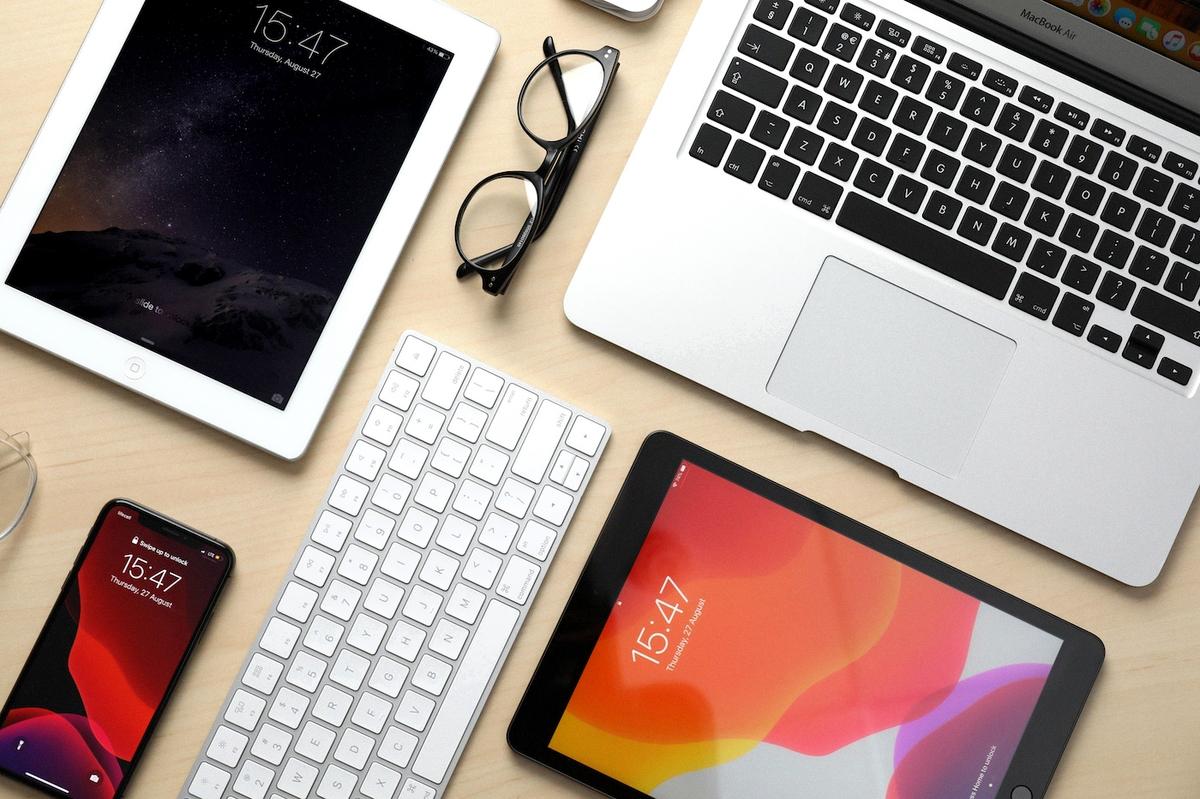
Source: techrepublic.com
Conclusion
In conclusion, resetting an iPhone or Macbook is a straightforward process that can easily be done with a few simple steps. For Macbooks, you will need to open iTunes and connect your device to the computer. Then, choose to Restore when you see the option to Restore or Update. For iPhones, you will need to connect your iPhone to your computer with a USB or USB-C cable. Quickly press and release the Volume Up button, quickly press and release the Volume Down button, then press and hold the Side button util the Apple logo appears before releasing it. Once both of these steps are completed, your device will be restored to its factory settings.

